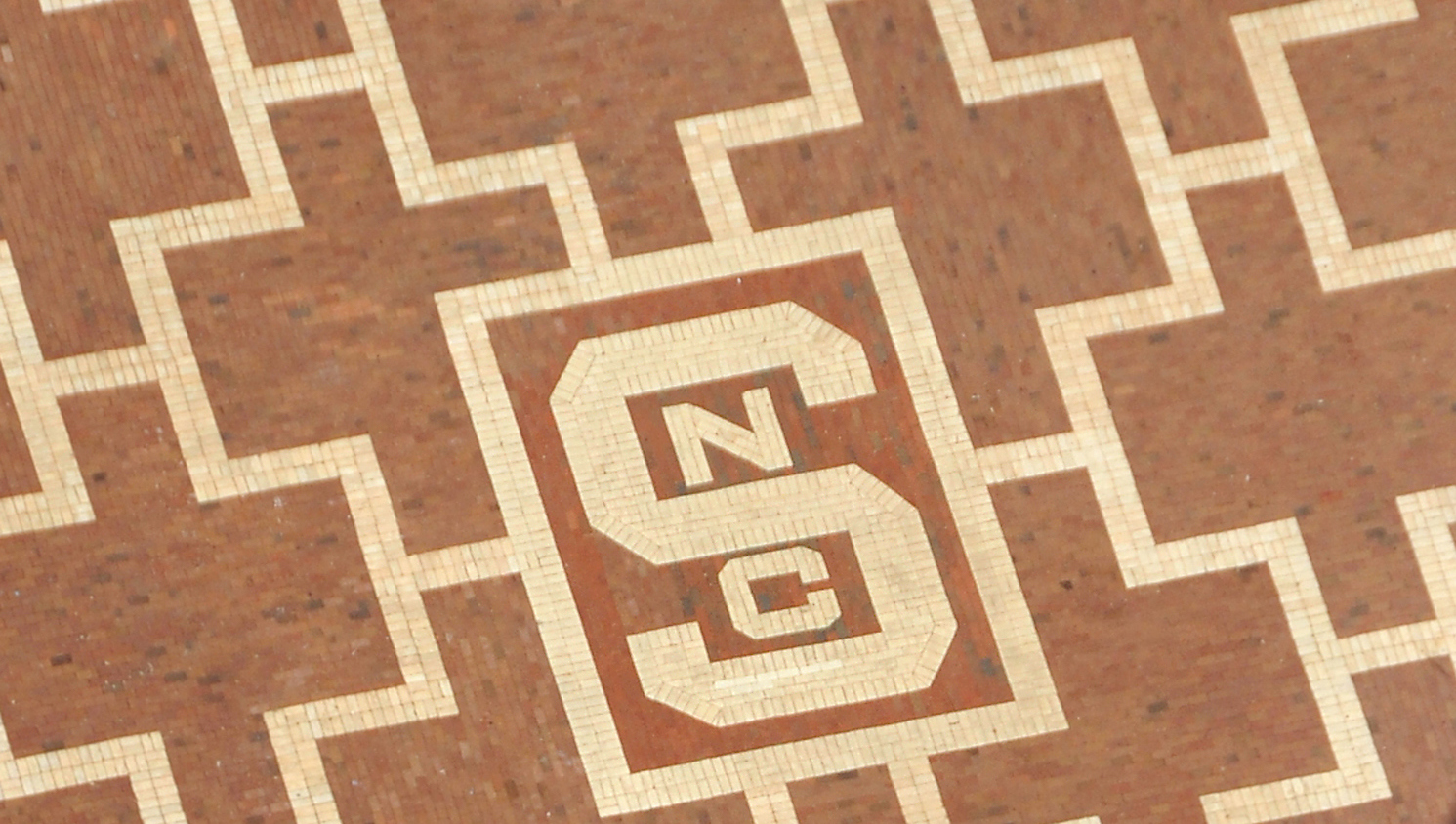Course Maps Support Student Success

Designing a course using a course map allows an instructor to create a well-organized course and a successful learning experience.
What is a Course Map?
A course map is a visual image of your course that allows you to align learning objectives to course objectives, support learning objectives with learning materials, and assess student knowledge and skills. The map ensures that the key components of your course all work together to help your students achieve the learning objectives. A course map can be used to develop a new course or to update an existing one.
Why use a Course Map for Designing a Course
Designing a course can be difficult. Faculty must decide how to approach and deliver course materials as well as how to assess student’s knowledge and skills. Using a simple course map breaks the process into steps and helps faculty to see areas in a course that do not align or need further development.
Julianne Treme, associate teaching professor from the Department of Agricultural and Resource Economics, states “Developing a course map forced me to evaluate the purpose of each unit of content on a level I had not previously met. I immediately realized I was overrepresenting some topics and underrepresenting other topics in assessments. This mismatch can be confusing for a student and only by mapping out my course did I realize this. I also saw that some activities were not a strong fit for the course objectives and therefore needed to be altered. The course is now more consistent and activities are easily linked back to the learning objectives for both the unit and the course.”
Using a course map to develop a course allows faculty to create alignment between learning objectives with course objectives. Learning objectives are supported by course materials and learning activities. Creating assessments that align with learning objectives allows faculty to evaluate student’s skills and knowledge.
Impact of Using a Course Map
A course map creates clear learning materials, targeted learning activities, and assessments to determine students’ acquired skills.
Results from a survey of Instructors that completed a course map as part of the Online Course Improvement Program indicated,
- 94% agreed that their students had a better understanding of the learning objectives in the course
- 100% agreed that their students were more successful in achieving the learning objectives
Sharing a course map with students creates transparency and sets clear class expectations. Students have a clear understanding of the skills they will obtain by taking the course.
How to Get Started with a Course Map
- Access the Course Map Tutorial by registering through REPORTER.
- Course Map Template: go.ncsu.edu/coursemap
- Course Mapping Guide: go.ncsu.edu/coursemapguide


